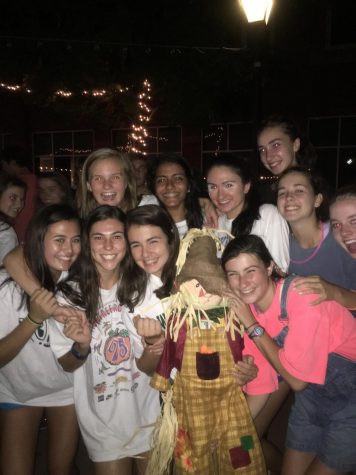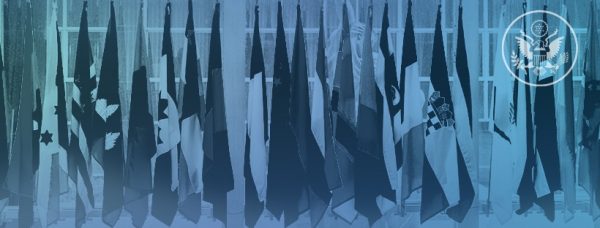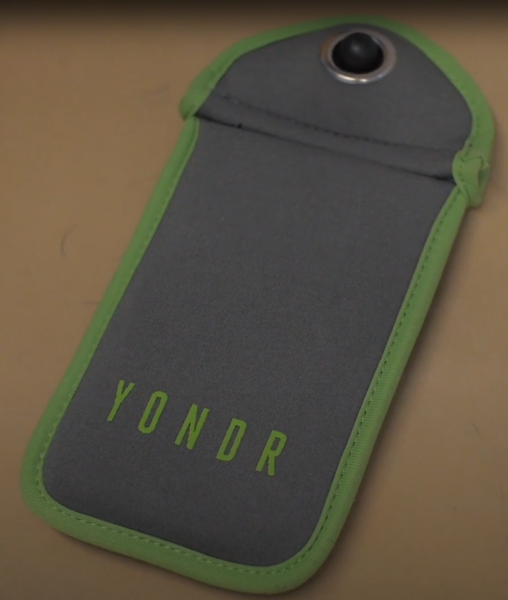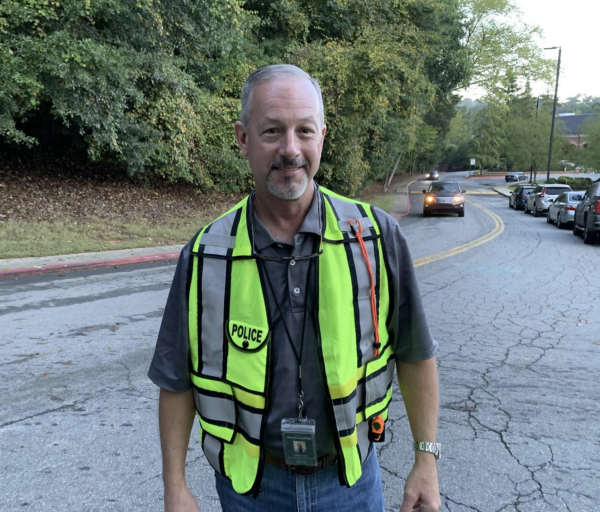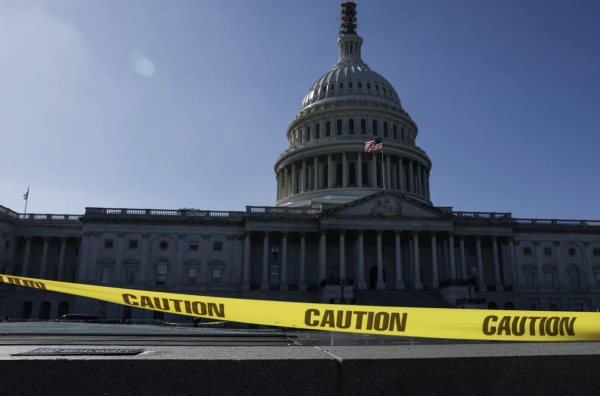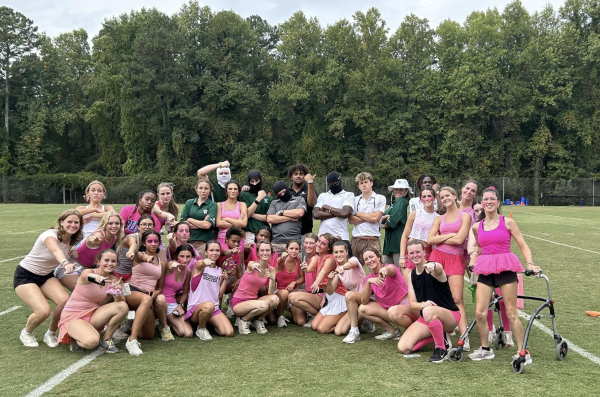Chance of formal homecoming stirs up controversy
With the transition from summer to fall comes preparation of a well-loved tradition – homecoming. Westminster partakes in all the standard parts of homecoming: spirit week, the dance, and, of course, the football game. However, one way Westminster’s homecoming activities differ from other schools’ is the informality of the annual homecoming dance.
“For at least the past decade, homecoming has been casual,” said student government co-advisor Megan Wilson. “The dance is traditionally held on Thursday night, just so [those in] athletics can participate and we always have had a late arrival the next day on Friday morning. We want students to feel like they can come to the dance, have fun, and maybe stay out a little bit late, but still enjoy the homecoming festivities the next day.”
Although the homecoming dance is usually casual on a Thursday, students have recently expressed an interest in changing this. While other formal dances have somewhat alleviated the desire for a formal homecoming in the past, changing the dance to formal this year became more plausible when student government reflected on past attendance rates.
“Our homecoming dance has been casual because we have PDC and prom, but I think, this year, the reason we wanted it to be formal was because there has been a lack of participation in the past,” said co-chair Adam Liang. “We decided that it was best to ask the school if making the dance formal would help out. We thought that if people could dress up and there was more food, decorations, and better planning, then maybe there would be more participation and we could make it a bigger event to help bring a new thing to Westminster.”
Planning a formal homecoming would be more work for student government, but that challenge didn’t deter student government from proposing the idea. Co-chair Meghna Patel has been involved in student government all through high school and has pushed for a formal homecoming every year. Last semester, especially, she recalls feedback from fellow then-juniors to change the dance to a formal event. This response prompted the co-chairs to bring the issue to the head of the Upper School, Cindy Trask, and the dean of students, Ralph Geeza.
“We started talking about a formal homecoming last year,” said Liang. “Based on surveys, our grade, especially, wanted a formal homecoming and we never really took action upon that until our senior year. We met with Ms. Trask and Mr. Geeza and they supported it.”
After receiving approval from Trask and Geeza, the next step was to gather students’ opinions. Student government sent a survey near the end of last semester to the current sophomores, juniors, and seniors, the gra
des who have both experienced at least one homecoming dance and have the option of attending this year’s. The results showed the majority preferred a formal homecoming over a casual one.
However, after hearing feedback this school year from students who wanted to keep the dance casual, student government sent out another survey in the beginning of the semester, this time opening the polls to current freshmen.
The second survey then offered three different options: a casual dance on a Thursday night, a formal dance on a Thursday night, and a formal dance on a Saturday night.
“The Saturday dance would have increased the workload for student government,” said Patel. “But, it would’ve been a chance to have a different experience and make things new, and I think would have allowed us to rev up our school spirit.”
Although many have commented on how holding a casual homecoming is not the norm for other schools, a common issue regarding the possible change was the hassle to prepare for a formal dance.
“A pro of a casual homecoming is that you don’t have to worry about asking someone, looking your best, or having to buy a dress,” said sophomore Ivory Grimes. “I think it’s more relaxed. A con is that a lot of people want a formal homecoming. Personally, I voted for a casual one because I didn’t want to go through all that trouble.”
Other students expressed the same concern in the second survey, where the votes between casual and formal split approximately 55-45 percent.
Other than the stress of a formal dance, the number of responses and the day homecoming would be on contributed to the difference in results between the two surveys.
“When we sent out the survey this year, we had 589 responses, which is more responses than I’ve ever seen on any survey, and I’ve sent out a lot for student government,” said Wilson. “When it seemed just [like] a vague and distant idea, people weren’t as passionate.”
More students completed the survey when they noticed a real change was possibly in sight. Other than the increase in responses, another concern that changed the results of the survey was scheduling. This issue that arose with many is that a formal homecoming could have occurred on the Saturday before Halloween and thus conflict with Halloween celebrations. Holding homecoming a week earlier was not an option due to performances of the Les Misérables production.
As a result, the homecoming dance took place on Thursday, Oct. 26. After the fate of homecoming was officially announced, the co-chairs received many mixed responses.
“Surprisingly, I’ve gotten a lot of people who are like, ‘I wanted it to be formal,’ and it’s hard because the survey results were super close,” said Patel. “But ultimately, casual did win. I think the deciding factor was the timing conflicts with Halloween.”
The untimely coordination swayed the opinions of students, especially upperclassmen. Although a formal homecoming was unlikely because of scheduling this year, the possibility of one might encourage student government in the coming years to change the ways they take into account the rest of the student body’s concerns.
“I think since Westminster is so divided over a formal or casual homecoming, it’s good to ask the students’ opinions,” said Grimes. “But maybe they can alternate every year so that everyone gets what they want.”
Though student government has the opportunity to begin preparation for next year’s homecoming, sending surveys every year seems to be the best method for listening to other students’ perspectives.
“We could start planning a formal dance now for next year and then get opinions and see if we can enact it,” said Liang. “Alternating between years can be good, but ultimately, it’s up to student government and the rest of the school to decide. As co-chairs, we want to make sure we’re gaging the opinion of the public.”
Other than the formality of the dance, another aspect of homecoming reintroduced by the senior class officers this year was the homecoming parade. The homecoming court walked in the parade and each grade decorated a banner during advisement.
“We’re bringing it back because we’re trying to cultivate more school spirit,” said Patel. “We talked to the deans about it at the end of last year and Ms. Trask and Ms. Boozer were super helpful in working with us to help us designate advisement times to grades to do grade-wide activities during homecoming week.”
The parade took place on the Thursday of homecoming week, Oct. 26, in place of the usual assembly, and included each grade holding a respective banner, leading the way for their grade’s snapshot of a time period, like 80s, 2000s, future, or 60s.
A well anticipated part of homecoming that also encourages school spirit is spirit week. The themes of spirit week for homecoming this year were dress down day, pajama day, red, white, & blue day, time travel day, and Westminster spirit day. The class officers chose the themes by pulling some suggestions from students and deciding upon them together before bringing their ideas to the deans for approval.
“Homecoming doesn’t necessarily mean you’re just supporting the sports teams here, but also celebrating Westminster and trying to get this sense of community,” said Wilson.
